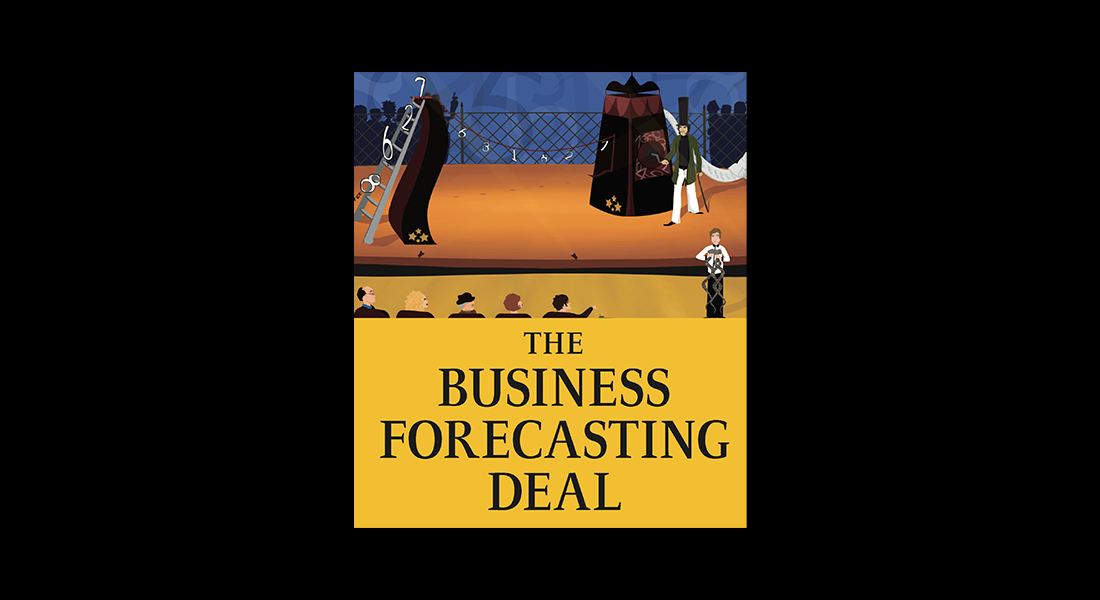
Webinar October 4, 1:10 pm ET: What is Your Product Forecastability??? Thanks to Rich Gendon and the Chicago APICS chapter for hosting me last week at their professional development dinner meeting. I always enjoy evening speaking gigs, as they provide a chance to break out some of my nightclub-worthy material.

